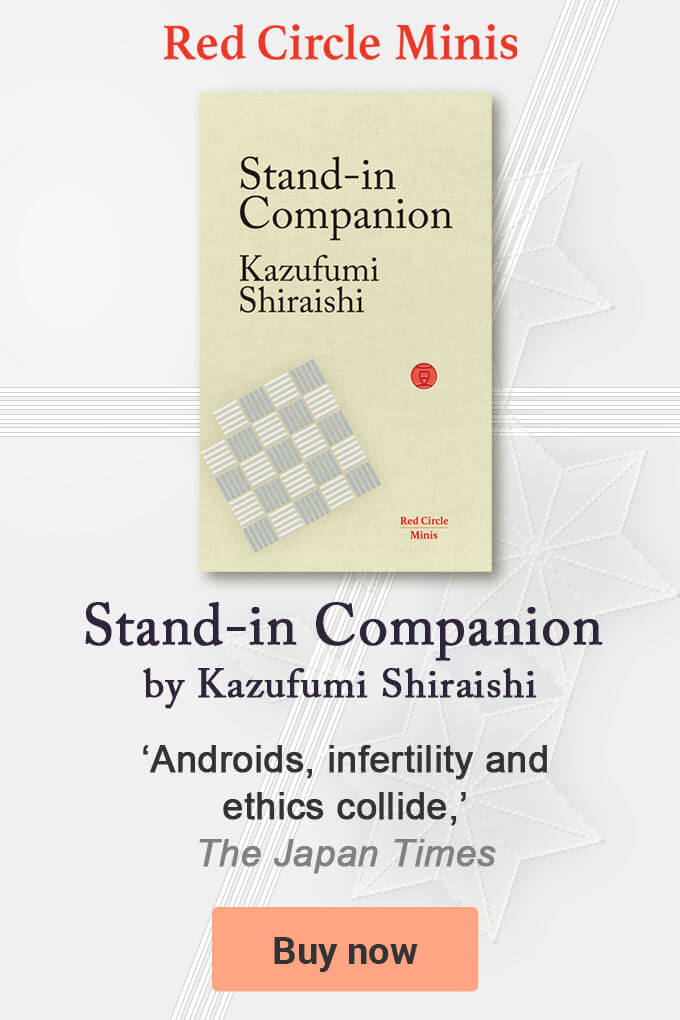Christianity arrived in Japan in 1549 with Francis Xavier (1506-1552) and the first Christmas Mass in Japan was reportedly celebrated at Yamaguchi Church in 1552. However, Santa Claus, probably one of the most recognised icons and characters associated with Christmas celebrations around the world today, did not make a documented appearance in Japan for another 348 years.
After its arrival in Japan, Christianity and Christians were repressed and the religion was subsequently banned in 1614. Christianity only really started flourishing again when Japan opened up to the West, after more than 250 years of isolation, during Japan’s Meiji era (1868-1912) when freedom of religion was allowed from 1871 onwards.
It was during this period when Japan was exposed to more and more Western influences, including dinners and banquets arranged by non-Japanese families celebrating Christmas in Japan, that Santa Claus finally made his first appearance in the land of the rising sun.
His very first appearance in Japan may well have been have been in the book, Santa Kuro, published by Shindo Nobuyoshi, in 1900.
A black and white drawing of a familiar, but slim-looking Santa Claus appears on Santa Kuro’s inside cover.
This early image of the legendary bearer of gifts, as well as the book itself, can be viewed online at the National Diet Library of Japan.
The tale of Santa Kuro is set in Nagano in Japan, where many years later the Winter Olympic Games were held in 1998, and tells the story of a poor Christian farming family who save a farmer from a distant village.
This unknown farmer subsequently saves their Christmas when they fall on hard times by bringing gifts for the family’s son and a message of thanks for their belief in God and for their kind act of saving an unknown stranger.
Another book published in 1914, Kodomo No Tomo (The Children’s Friend), which includes a more traditional looking Santa Claus, wearing a red and white coat and a red and white hat, is also cited as an early Japanese Santa Claus book.
By this time regular citing of Santa Claus were taking place in Japan. In 1912, for example, a familiar looking Santa Claus, rendered by the pioneering Japanese graphic designer Hisui Sugiura (1876-1965) was even featured in Mitsukoshi magazine, the famous department store’s house magazine.
Kodomo No Tomo is, however, often included in pictorial histories of Santa Claus and analysis of the curious evolution and history of Santa Claus and his varied depictions around the world in different cultures.
Kodomo No Tomo‘s rendering of Santa Claus is much more Western, with a much less slim Santa, and less Japanese looking one than when he first appeared in Japan a decade or more earlier, as Santa Kuro.
Japan’s Christian community is small and Christmas is not a national holiday in Japan, but Santa Claus, and his associated motifs, have had a major impact and continue to play an important role in Japan; as have many Christian authors, writers and publishers .

